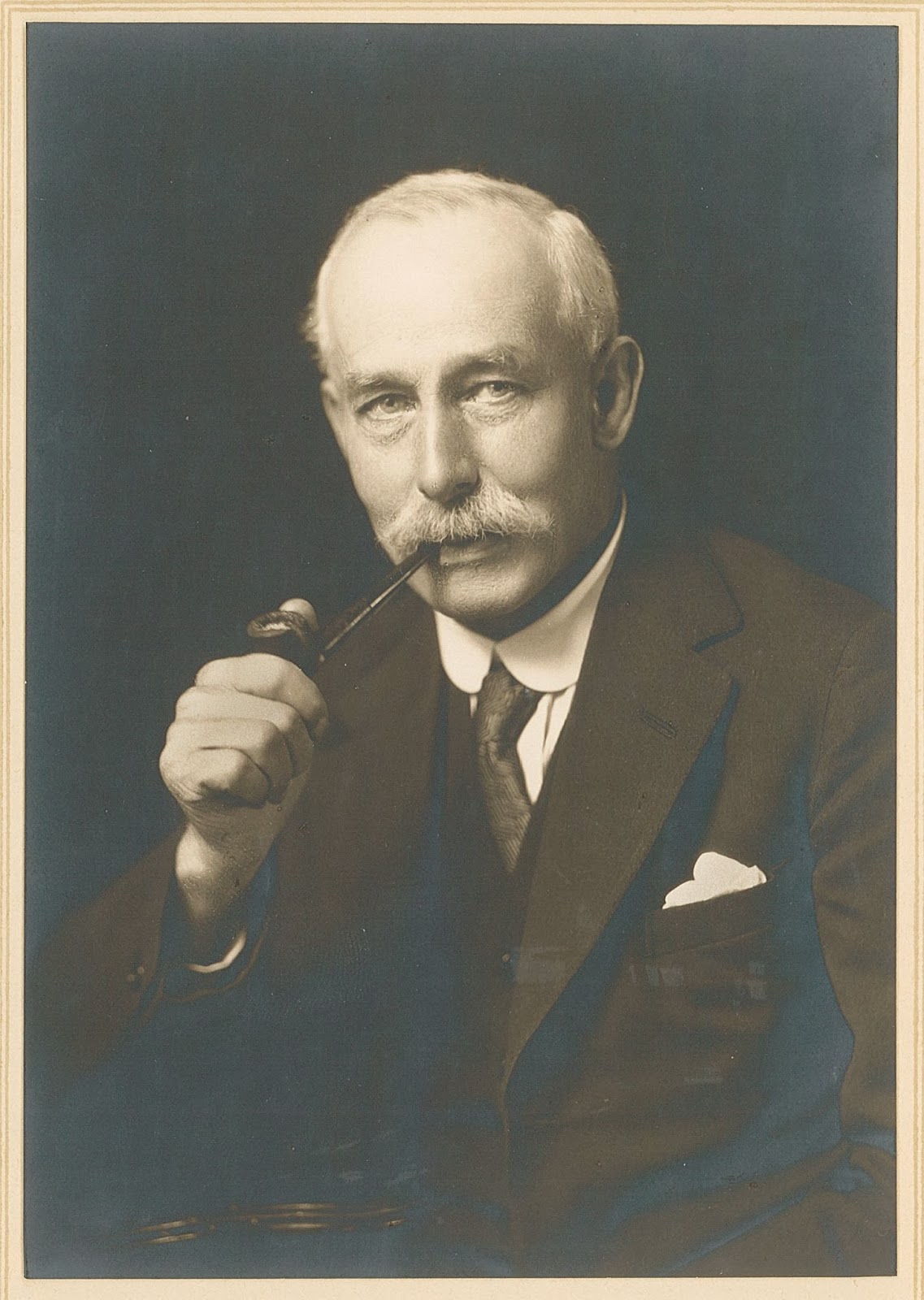Christmas 1914

It’s been a busy few weeks here at the Together Trust . As Christmas 2014 is fast approaching however, it seemed a good time to turn back the clock 100 years and see how our boys were faring in France and Belgium as World War One raged on. Our Boys




.jpg&container=blogger&gadget=a&rewriteMime=image%2F*)































